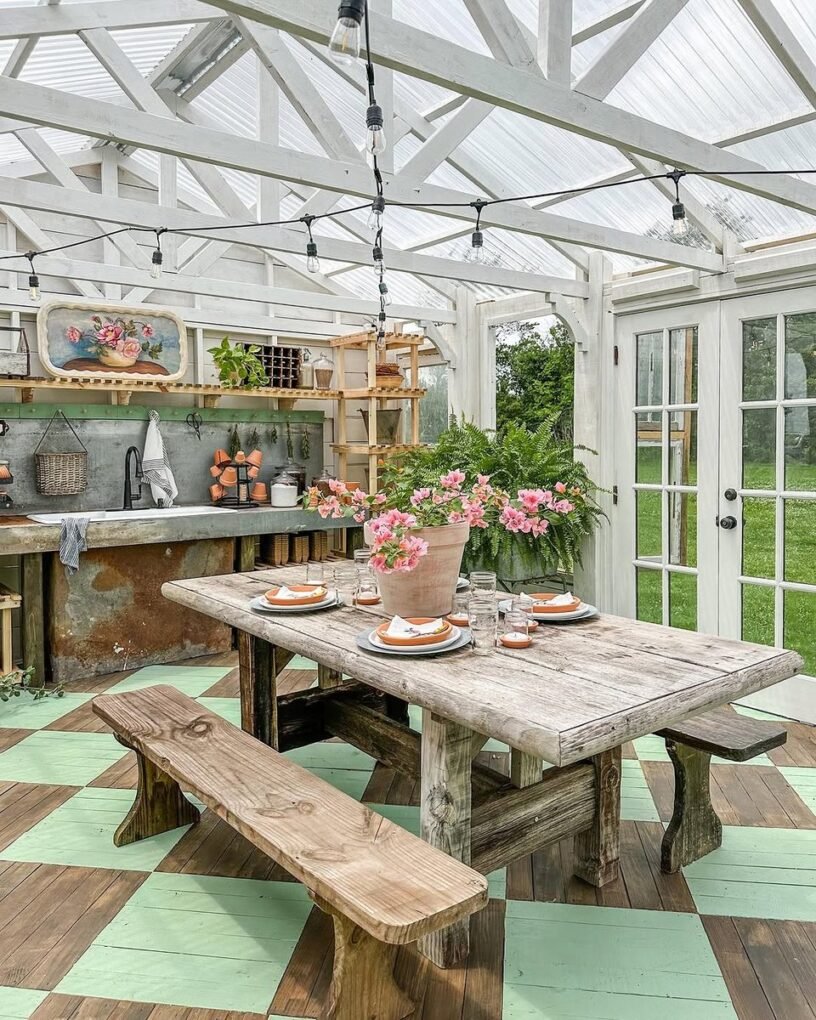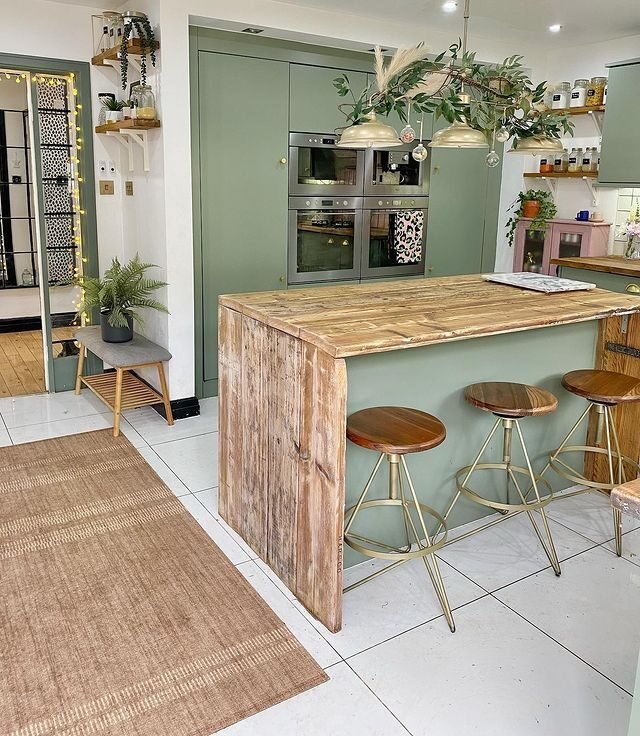The traditional architecture of Tuscany, a region in central Italy, is known as Tuscan architecture. Building materials often utilised in Tuscan style structures include stone, wood, wrought iron, and tile. The Roman Empire's design characteristics were preserved in Tuscan architecture. Natural elements are used to design homes in the Tuscan style. Some of the imaginative aspects of this decorating style are crumbling stone walls, finely wrought iron accessories, sun-washed hillsides, rustic stone farmhouses, marble flooring, and robust hardwood furniture.
Traditional Tuscan building techniques used locally accessible stone, primarily limestone and shale, to form both the foundation and the walls. Many of the structures in Tuscany have been in use for generations. The type of stone used in a building may vary, and terracotta brick may be used to fill in gaps and frame doorways and windows. For exterior walls, patios, and garden walls, newer structures in the Tuscan style continue to use a rough-dressed stone aspect. The style and attractiveness of Tuscan architecture can be applied to modern structures. Using man-made stone and concrete to produce the appearance of old natural materials lowers the expense of the style compared to using all natural materials. Colors, textures on the walls and ceilings, arched wood-framed windows, and tile roofs can all contribute to a Tuscan-style home.

Tuscan architecture blends modern and antique elements to create a true Old World European experience. The usual custom crafted natural stone adds to the splendour of Tuscan architecture. Limestone, travertine, and marble are examples of this. To give an old atmosphere, terra cotta floor and roof tiles are frequently employed. Wooden beams from Tuscan farmhouses are frequently renovated in Tuscan architecture. Fine Italian building materials are used to create gorgeous marble fireplaces, wrought iron gates, and amazing fountains in Tuscany architecture. Although some aspects of Tuscan design have been modified, many of the basic architectural characteristics and ornamental details of old school Tuscan homes may still be found in today's residences. The following are some of the most important elements:
Exterior Architecture-
The outside of a Tuscan home is typically made of limestone, sandstone, travertine, and marble to blend in with the natural surroundings. Caved marble is frequently used as an accent above entrances, archways, and windows.
read also: French Country Architecture
Roof And Floors-
Terracotta is a common building material in hotter areas, and it's quite simple to make by roasting natural terracotta clay. In Tuscan-style homes, terracotta roof and floor tiles are a common design element that connects the residence to its surroundings. True Tuscany home decor includes terra cotta tiles, marble, and ceramic flooring. Marbles that are blemish-free and that goes well with the Tuscan color palette.
Walls-
Stucco is another readily available building material; it's traditionally made from water, sand, and lime. Stucco walls are ideal for hot climates because they can retain cool air during the day while releasing warmth at night. Hand-painted features on interior Plaster walls with hand painted wall treatments are typical in Tuscan design. The use of warm hues represents the Tuscan sun.

Ceilings-
Tuscan interiors have vaulted or panelled ceilings with exposed beams that give warmth, texture, and natural accents. The wooden interior beams were traditionally renovated from old Tuscan farmhouses or barns. Richly textured. Along the ceilings, there are stencilled borders. Paneled or vaulted ceilings are a popular décor choice since they offer a true Tuscan architectural foundation.
Colours-
Unlike some architectural styles that accept a wide range of colours, Tuscan style is heavily reliant on a narrow band of earthy colours such as blues, sky blue, and deep blue (found in ceramics, decorative tile, and accent colours), greens, grass greens, the greens of Tuscany's rolling hills, ochres and reds, natural, rich colours of clay, terra cotta, and fertile soil.

Furniture-
Leafy grapevines, flowers, fruits, and complex scrolls are all common hand-painted motifs. Rustic wood furniture is enhanced by hammered copper accents, wrought iron doors, and handcrafted locks, hinges, and drawer pulls.
Accessories-
Wrought-iron accessories like candle sconces and light fixtures can help to complete the rustic look. To add colour and energy to the design, other relevant elements include painted ceramic objects and tiling.
Embracing the Tuscan house style entails a straightforward, honest approach to living. You will appreciate simplicity within the solid walls of a Tuscan home, gathering around a huge farm table to share personal family moments.




